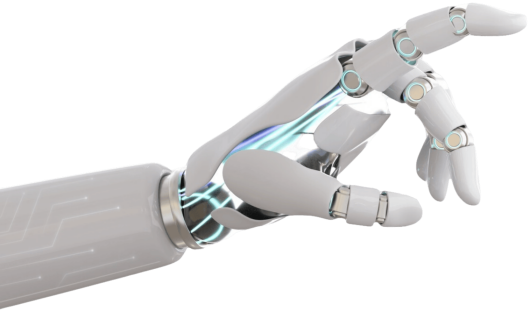
An architecture for supervision and programming by demonstration in robotised assembly is presented. This architecture provides, at different levels of abstraction, functions for dispatching actions. monitoring their execution, and diagnosing and recovering from failures. Through the use of machine learning techniques, the supervision architecture is given capabilities for improving its performance over time. Emphasis in this paper is on generating accurate classification knowledge for diagnosis. Feature construction, example interpolation and hierarchical classification are the investigated alternatives for improving accuracy. The SKIL hierarchical inductive learning algorithm is briefly presented.
Robotised Assembly, Failure Diagnosis, Programming by Demonstration. Feature Construction, Example Interpolation, Multi-Level Induction